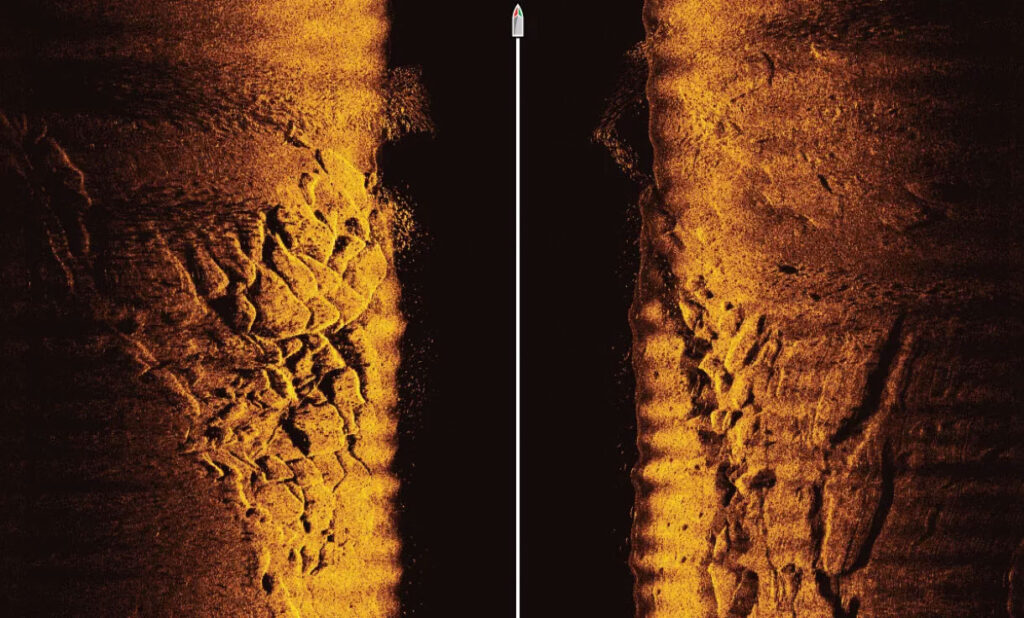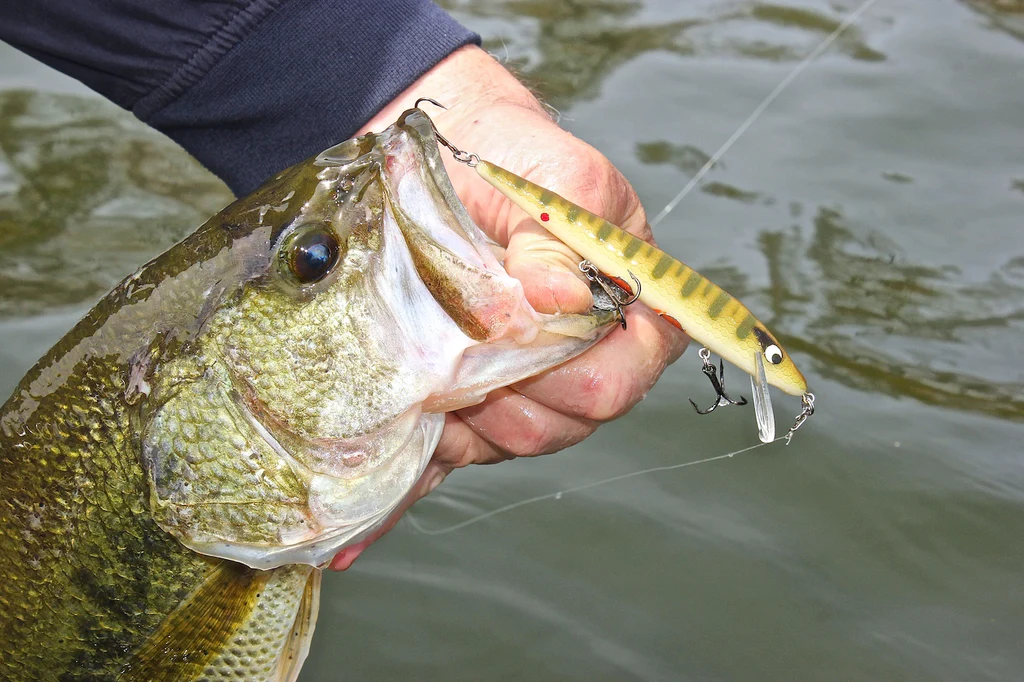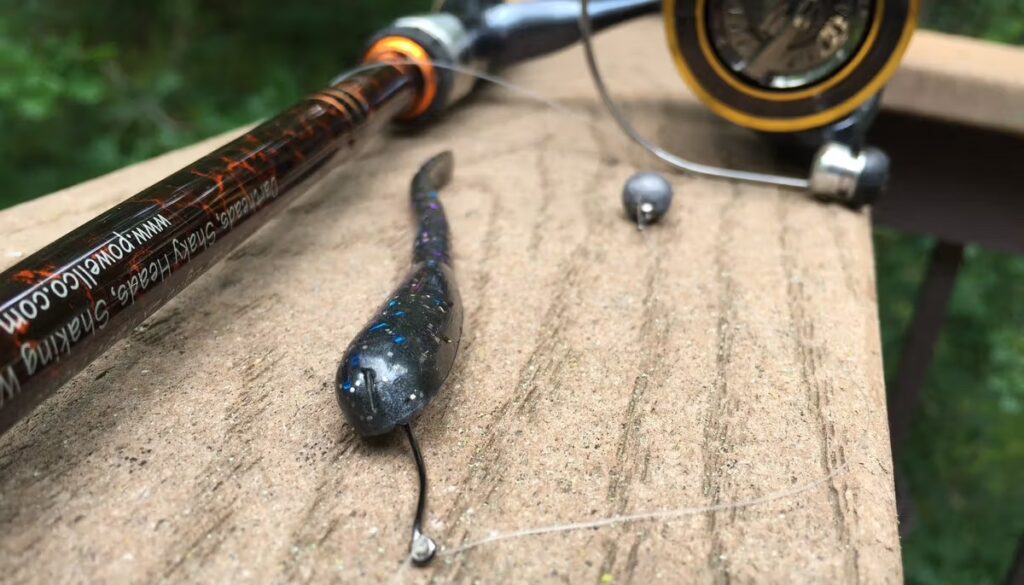When it comes to bass fishing, choosing the right bait color can be the difference between a successful day on the water and going home empty-handed. While some anglers rely on intuition or habit, there’s real science behind which bass bait colors work best in different conditions. In this article, we’ll break down how light penetration, water clarity, and bass vision affect color perception—and how you can use that knowledge to catch more fish.
How Bass See Color
Bass aren’t just mindless predators; they have sophisticated vision that plays a crucial role in how they hunt. Bass eyes contain two types of photoreceptor cells: rods and cones. Rods help them see in low light, while cones allow them to perceive colors, especially in clear water and bright conditions. Research shows bass can detect colors like red, green, and chartreuse effectively, with sensitivity that varies depending on light and water clarity.
The Role of Water Clarity
Water clarity is one of the most critical factors when choosing bait color. In clear water, natural and translucent colors like watermelon, green pumpkin, and smoke tend to work best. These mimic real prey and look realistic to bass. In stained or muddy water, high-contrast or bright colors like chartreuse, black, or junebug become more effective because they stand out better in low visibility.
Quick Tip: In muddy water, use darker baits for a strong silhouette. In clear water, go natural.
Light Conditions Matter
The depth at which you’re fishing, time of day, and cloud cover all influence how much light penetrates the water—and thus how colors appear underwater. For example, red and orange are among the first colors to fade as you go deeper, while blue and purple remain visible at greater depths.
- Bright, sunny days: Try lighter, natural colors like white, silver, or translucent baits.
- Overcast or low-light days: Use darker or more vibrant colors to create contrast.
Matching the Hatch
Bass are more likely to strike when your bait mimics local forage. If shad are the dominant prey in a lake, use silver or white-colored baits. In crawfish-heavy waters, opt for reds and browns. Matching the hatch increases your chances of triggering instinctual strikes.
Seasonal Considerations
Seasons also influence color choice:
- Spring: Crawfish become active—use reds, browns, and orange hues.
- Summer: Shad and bluegill dominate—go for whites, blues, and chartreuse.
- Fall: Bass feed heavily—match baitfish with silvers and golds.
- Winter: Slow presentations with dark colors like black or blue often work best.
Final Thoughts
Understanding the science behind bass bait colors isn’t just for pros—it’s a game-changer for any angler. By considering water clarity, light conditions, and bass vision, you can make smarter choices and improve your catch rate. Experiment with different colors under various conditions, and keep track of what works best in your local waters.
Tight lines, and may your next bass be your biggest yet!








